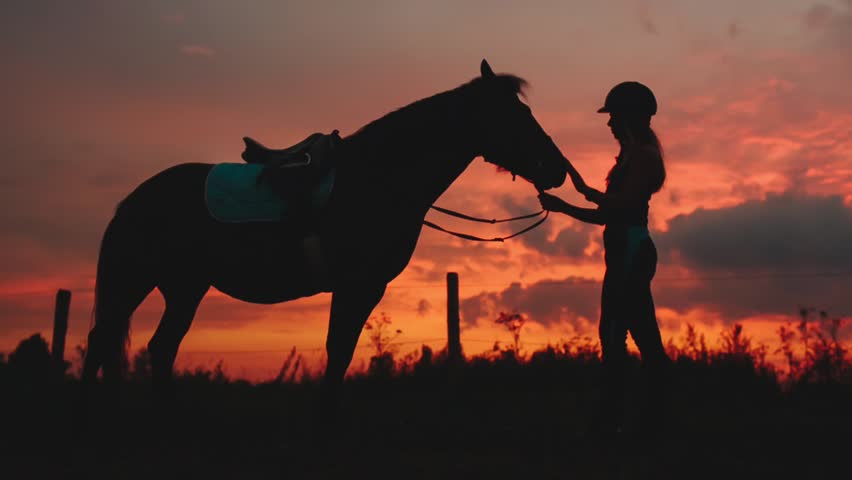Autobiography of the Author
Born 1964 in Sorengo (Switzerland) from Dutch parents, Juleon Schins was raised in Italy and obtained his high school degree in 1982 from the Scuola Europea di Varese, Italy. He has fond memories of his youth in Italy. His daddy put quite some effort in his education, and even had a colleague of his teach him the basics of electronics. His mum outdid herself, and keeps doing so till this very day. His brother and sister were and are gentle, while the author (firstborn) was quite a nuisance. His poor brother suffered an unwanted brotherly co-education during his initial 12 years.
From the village in which he lived, one could see, on a clear day, the full range of the Italian alps, ranging through six Italian regions, among which Piedmont, Lombardy, and Veneto. One of the mountain tops was conspicuous for its pink color in the morning: not for nothing, in Italy that top is called the ‘Monte Rosa’. It is the first mountain top to the east of the Matterhorn (as seen from the south). The latter lightens up in the afternoon.

Equally fond memories he has about his girlfriend at high school. It is only too bad that she sacked him, after two heavenly years. That brings to memory but a single awkward moment. One day she found the opportunity to show him her horse (the author had seen such animals in movies only), and proposed him to sit on it. It took some effort to get his big ego mounted on the horse, but once it was on top, everything felt fine. Until the horse started moving… The author had to beg his girlfriend to interrupt the exercise asap.

He mastered 1987 in optics at the University of Amsterdam, The Netherlands. He did his doctorate from 1988 to 1992 in molecular physics, at the Dutch Institute For Atomic and Molecular Physics (AMOLF). He gathered postdoc experience on femtosecond UV-processes involving Auger electrons at the École Nationale de Techniques Avancées in Paris, on cellular biophysics at the University of Twente, and on Coherent Anti-Stokes Raman Spectroscopy, at the Universiteit van Amsterdam. From 2004 to 2017 the author taught physics, chemistry and mathematics at the Technische Universiteit Delft. His research focused on optical-pump THz-probe nanospectroscopy.
Since 2018 he actually became an author with regular output. Before that, he had written a book in Dutch, entitled “Hoeveel Geest kan de Wetenschap Verdragen?” Translated: “How Much Spirit Does Science Bear?” In this book, the author contends that, as science progresses, the scientists’ view on matter is increasingly spiritual. Whereas until the renaissance matter was considered as the primarily existing thing, whose nature will always elude scientists (Lutheran preacher Andreas Osiander argues in the introduction to Nicolaus Copernicus‘ monumental work de Revolutionibus Orbium Coelestium that his theory does not claim physical truth, but merely reflects mathematical contrivance), today the laws of nature are considered as the primarily existing things, with material objects reduced to the philosophical status of mere instances of particle agglomerates satisfying those laws.
Obviously, laws of nature can only exist in a spiritual sense. No scientist would ever point to an object, claiming that object to be natural law. Hence, natural law exists in the spiritual sense only. The discovery of quantum mechanics, achieved by eminent scientists Werner Heisenberg and Erwin Schrödinger, emphasized spiritual primacy by its intrinsic property that it only provides probabilities of observations, rather than certainty of observations (which scientists believed to be the case from modernity until the 1930’s). After the 1964 pivotal work on the demise of locality in nature, by John Stewart Bell, an Irish physicist, only weak minds deny that a spiritual entity be responsible for the choice among quantum options. Such weak minds are many-world theorists, and all those who deny there is a spiritual choice problem at all.
Since 2017 the author has written books broad range of topics, ranging from natural sciences to humanities, including philosophy, psychology, and theology. As he often uses pen names, like Niccolò, Yitzhak Rosenthal, or Abaelardus, he uses the lady on the front cover as his trademark.
His major discovery (as he considers so himself) concerns the insight that present-day quantum mechanics is fully compatible with both causality, and an upgraded version of classical hylomorphism. This novel interpretation of quantum mechanics explains not only Schrödinger’s Cat Paradox, and the closely related, infamous measurement problem, but it also constitutes the one (fundamental unpredictability of the single event) of the two basic conditions (the other one being the quantitative predictability of the probability distribution of quantum events) which natural laws must satisfy for the existence of human free will to be more than an illusion. The unpredictability of the single event is a necessary condition for the existence of human free will, because man should be able to decide the behavior of his body with his spirit. On the other hand, the predictability of probability distributions is a necessary condition on natural law, for allowing one’s communicating those personal choices to others: without this predictability, all communication would be impossible, as all communication happens by the transmission properties of several media (the creation of sound waves with one’s vocal chords, the propagation of sound in air, and the transformation of sound waves to electrical impulses by one’s hearing organs, to name but a few). He had the opportunity to get acquainted with several sports, including judo (only during his youth — not enough muscles to pursue anything worth the effort), swimming (idem), skiing (idem), (table) tennis, and for the retirement, and kite surfing (still working on the trick below 😀).

The author discussed his favorite popular music in a booklet called Sign of Times: a Music Anthology with Lyrics Analysis. His favorite classical music spans the the era from Johann Sebastian Bach up to and including Wolfgang Amadeus Mozart, with a special mention of Ludwig Van Beethoven, for his Dutch name of course.
As one can read in “focus on Belgium”, the name Beethoven probably refers to the small village of Bettenhoven (Bettincourt) in Hesbaye, which now belongs to the borough of Waremme in the province of Liège. In the late 15th century, a certain Jan van Bettehoven (circa 1485-1571), could already be found living in Kampenhout, near Mechelen. This was Ludwig’s great-grandfather, seven generations back. And, in 1595, a certain Josyne van Beethoven, who was also from Kampenhout, ended up burning at the stake at the Grand Place in Brussels, on suspicion of witchcraft.